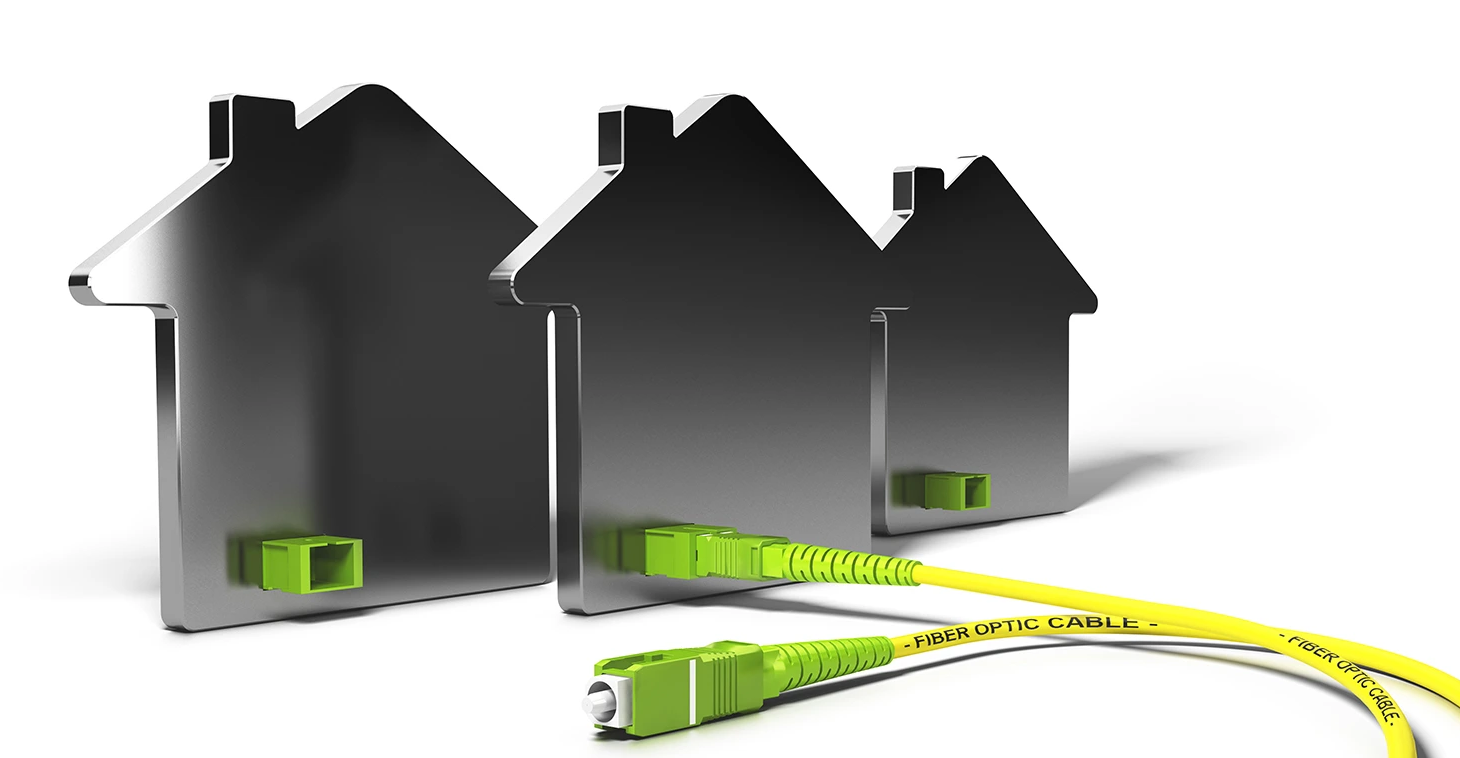GPON vs EPON
GPON (Gigabit Passive Optical Network) and EPON (Ethernet Passive Optical Network) are two different optical network technologies used for transmitting data using optical fiber cables.
The main difference between them lies in the protocols they use for data transmission. GPON utilizes a specialized protocol that enables high bandwidth and efficient resource allocation among multiple users. On the other hand, EPON is based on Ethernet protocol, widely used in networks for data transmission.
Additional differences include bandwidth allocation, transmission distance, and the standards they adhere to. The choice between GPON and EPON depends on specific network requirements and the preferences of the service provider.
Bandwidth:
- GPON: Supports symmetric data transfer rates of up to 2.5 Gbps downstream and 1.25 Gbps upstream per Optical Network Unit (ONU).
- EPON: The IEEE 802.3ah EPON standard typically supports speeds up to 1 Gbps in both directions.
Bandwidth Allocation:
- GPON: Bandwidth in GPON is shared among multiple users using splitters. Usually, one splitter serves 32 or 64 subscribers.
- EPON: Bandwidth in EPON is shared among users connected to one PON port, with each port typically serving 32 subscribers.
Transmission Distance:
- GPON: Data can be transmitted up to 20 km from the central office equipment to the Optical Network Terminal (ONT) using single-mode fiber optic cable.
- EPON: Limited to a distance of up to 20 km between central office equipment and the subscriber, but may require signal amplifiers for longer distances.
Protocols and Standards:
- GPON: Utilizes specific protocols like ITU-T G.984.x, designed specifically for passive optical networks.
- EPON: Based on the IEEE 802.3 standard, also used in traditional Ethernet networks.
Compatibility and Deployment:
- GPON: More globally widespread and typically preferred for large-scale commercial deployments.
- EPON: More prevalent in Asian countries, especially in Japan and Korea. It is often more accessible for small and medium-sized enterprises.

